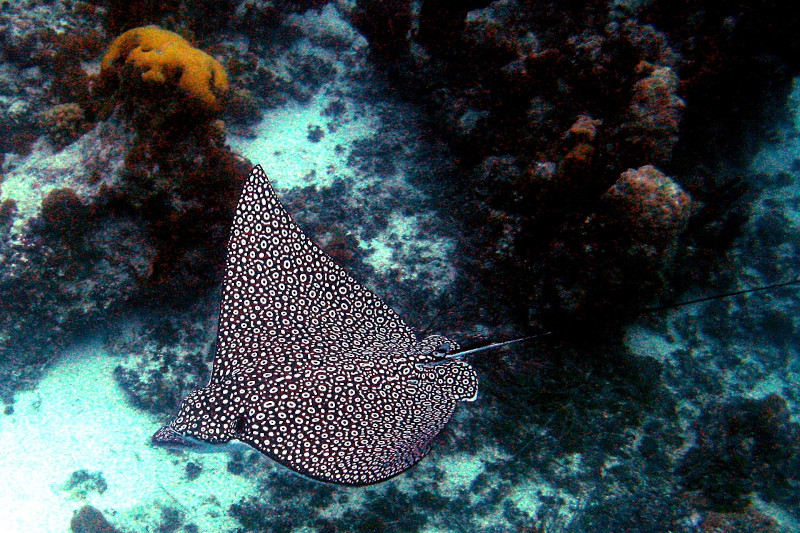
Spotted Eagle Ray Facts
- This visually stunning product of evolution understandably remains best known by the descriptive common name of the Spotted Eagle Ray. Yet, it also has a host of other general titles. These include leopard ray, duckbill ray, and bat eagle ray, among others.
- Inside of the scientific world, however, it’s perhaps more frequently referred to by its technical moniker. That, though, like many such terms, is somewhat hard for the layperson to pronounce. That’s because the fish holds the official tag of Aetobatus narinari.
- The marvel of Nature received that epithet due to the efforts of Bengt Anders Euphrasén. Though actually a Swedish botanist, he nevertheless recorded the first recognition of it as a separate and distinct species. He achieved that scientifically notable feat in 1790.
- At that time, though, he assigned it a very different appellation altogether. That was the designation Raja narinari. Since then, the natural marvel’s actually been renamed several times. This frequently happens, typically due to improved methods of scientific research.
- Unfortunately, the remarkable Spotted Eagle Ray currently finds itself in a somewhat precarious situation. It currently has a reduced population base across the entirety of its native range. The IUCN thus presently lists the animal as Near Threatened on its Red List.
- It now faces multiple threats to its continued existence as a species. Like all forms of life on earth today, most of these stem from the actions of man. In its case, though, these perils include being actively hunted, as well the shared dangers of habitat loss and climate change.
Related Articles
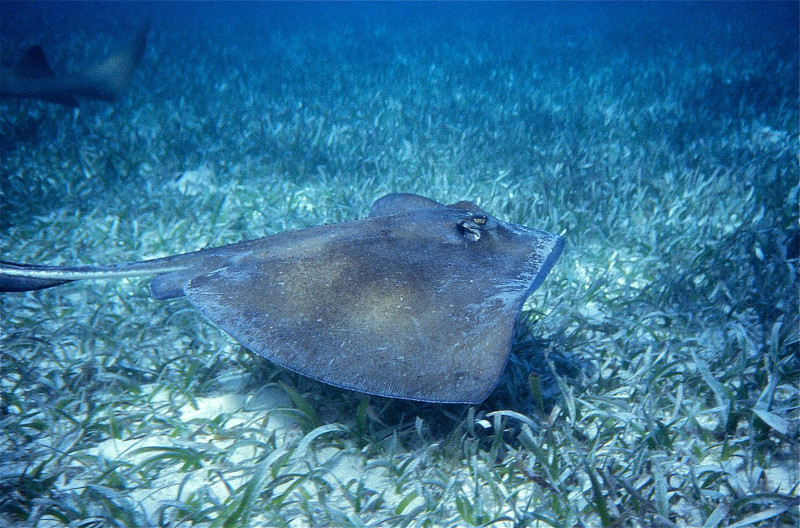
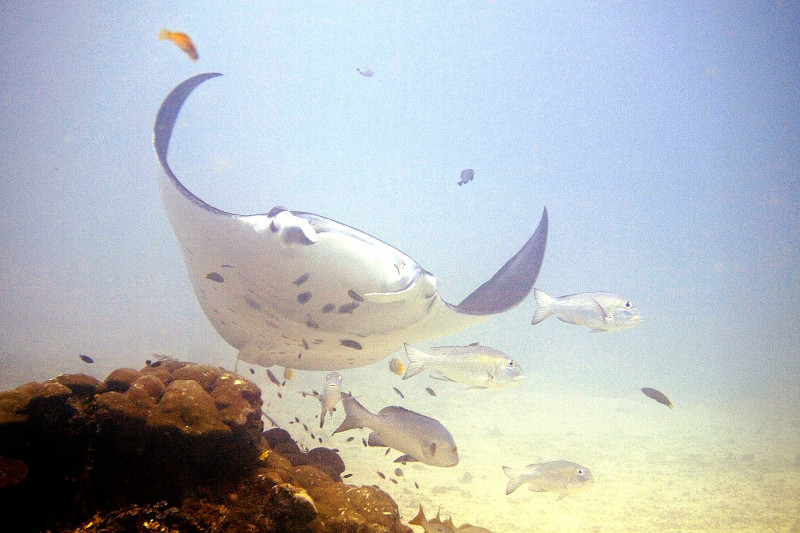
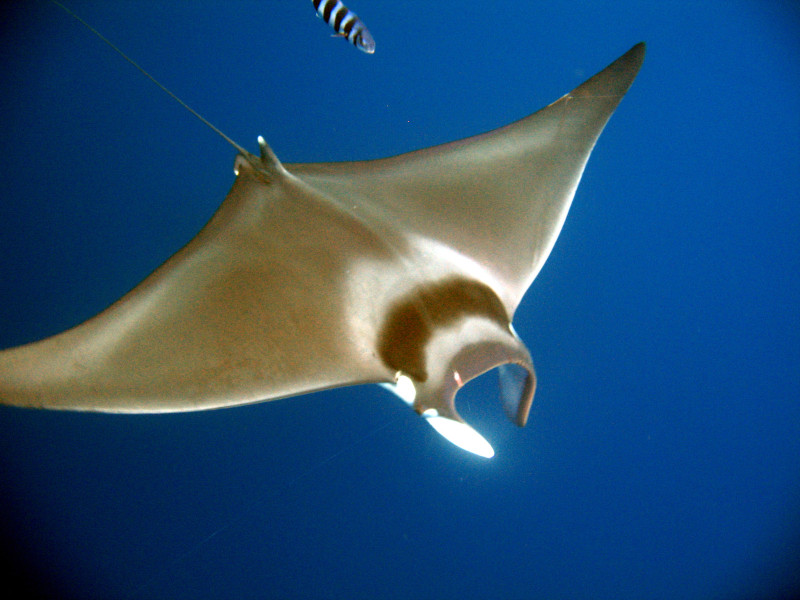
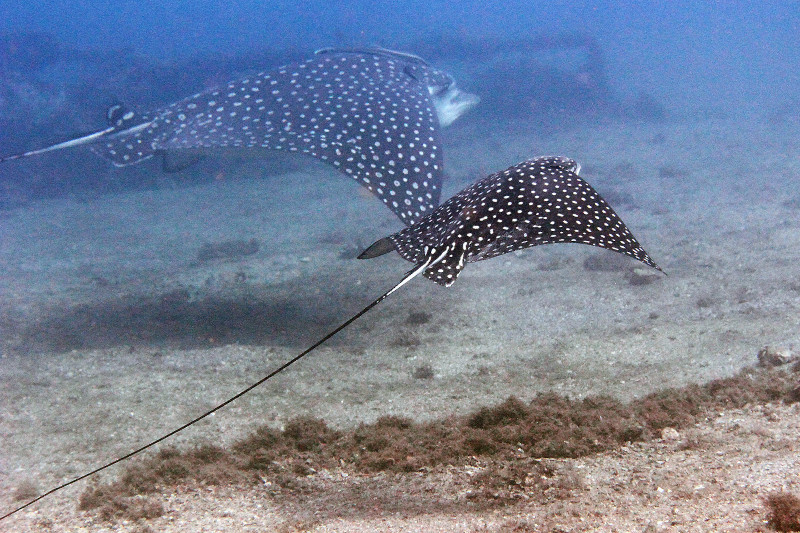
Spotted Eagle Ray Physical Description
The gorgeous Spotted Eagle Ray almost immediately grabs the attention of those few individuals fortunate enough to encounter one in the wild. It also does so for multiple reasons. That’s true since it’s not just lovely to behold, it also boasts some highly respectable physical measurements.
In this regard, however, it follows a pattern common to many creatures, including most of its relatives. That’s in the fact that it displays a certain degree of the physiological characteristic of sexual dimorphism. In this case, the females grown larger than their male counterparts.
The gender-based difference, though, typically remains quite minor. Taken collectively, the species grows relatively large, occasionally reaching impressive body lengths of up to 16 ft (5 m). Larger specimens also have wingspans reaching 10 ft (3 m), and a mas of up to 507 lb (230 kg).
In terms of general shape, however, this wonder of the seas evolved a pattern typical of its kind. That consists of a flattened body, with a strongly disc-shaped structure. However, its pectoral fins developed as notably more elongated than most, giving them a wing-like appearance.
The head of also develops as roughly rounded and features a protruding snout. The animal additionally has small eyes and nostrils. Like its numerous cousins, Nature and evolution also placed its mouth on the underside of its body and equipped it with multiple plate-like teeth.
It’s the coloring of the amazing Spotted Eagle Ray that typically garners the most interest, though. It also clearly serves as the source of the common name. The upper surface typically shows blue to black, with white spots. But, its underside usually displays a surprisingly plain off-white.
The animal’s tail, meanwhile, grows long and whip-like, often measuring about twice the length of the body. This appendage usually lacks a stinger, unlike some other ray species. Yet, the creature does have one or more venomous spines located near the base of that long, whip-like tail.
- Kingdom: Animalia
- Phylum: Chordata
- Class: Chondrichthyes
- Order: Myliobatiformes
- Family: Aetobatidae
- Genus: Aetobatus
- Species: A. narinari
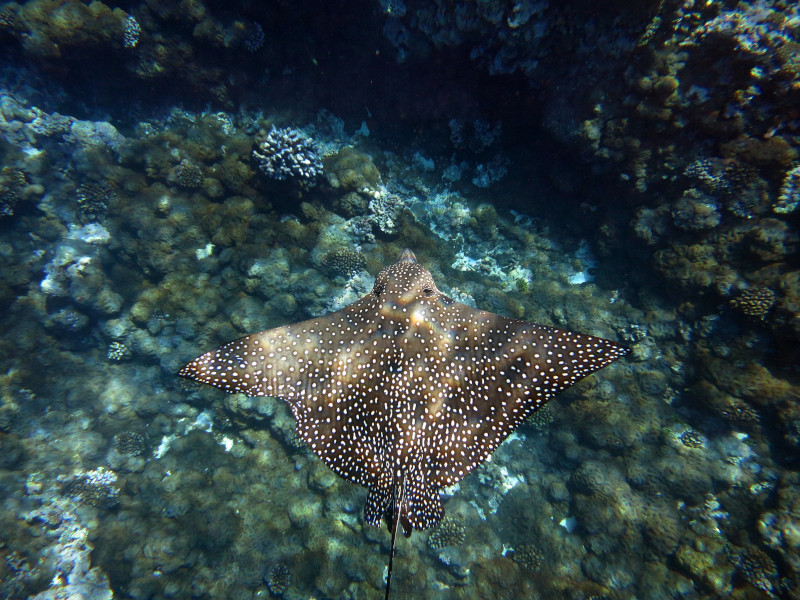
CCL: https://tinyurl.com/22y23f9m
Spotted Eagle Ray Distribution, Habitat, and Ecology
The incredible Spotted Eagle Ray has a habitat range that closely mirrors itself. That’s because this amazing fish apparently evolved as native to an extraordinarily large swathe of the marine regions of the globe. In fact, the wonder’s found in temperate and tropical waters across the entire world.
In the Atlantic Ocean, this particularly includes in the western section, along the coasts of the Americas from the eastern United States, in North America, down to Brazil, in South America. From there, though, the animal also extends that expansive range throughout the Caribbean Sea.
It also inhabits both the Indian and Pacific Oceans, ranging from the eastern coast of Africa, including the Red Sea and the Indian Ocean, to the western Pacific Ocean. This extremely extensive range includes the waters around Southeast Asia, Australia, and the islands of the Pacific.
Thankfully, Nature blessed this marvel with a high degree of adaptability regarding its choice of habitat. It’s therefore found in a wide range of locations and ecosystems alike. All of these, however, do share the specific trait of being in coastal areas, at depths on no more than 262 ft (80 m).
It’s most frequently spotted swimming over either coral or rocky reefs. Here, the ray finds both shelter and food sources. Yet, it’s also often seen in regions made of seagrass beds or sandy, muddy bottom regions. It’s also proven itself to be quite fond of estuaries and mangrove swamps.
Like others of its kind, the Spotted Eagle Ray evolved as carnivorous in nature. It actively hunts its prey, which typically consists of smaller animals. That includes a remarkably wide array of species, such as mollusks, crustaceans, bivalves, small fish, and occasionally even some octopuses.
Due to its size, the adults have very few natural predators of their own, though the young sometimes face their share of dangers. Among the very few species that prey upon mature specimens would be larger sharks. Otherwise, though, they have little to fear from any but man in this regard.
The fascinating creature also developed as ovoviviparous, meaning that embryos develop inside eggs situated within the female’s body until they become ready to hatch. Female rays typically give birth to one to four pups after a gestation period that most commonly lasts around one year.
Species Sharing Its Range
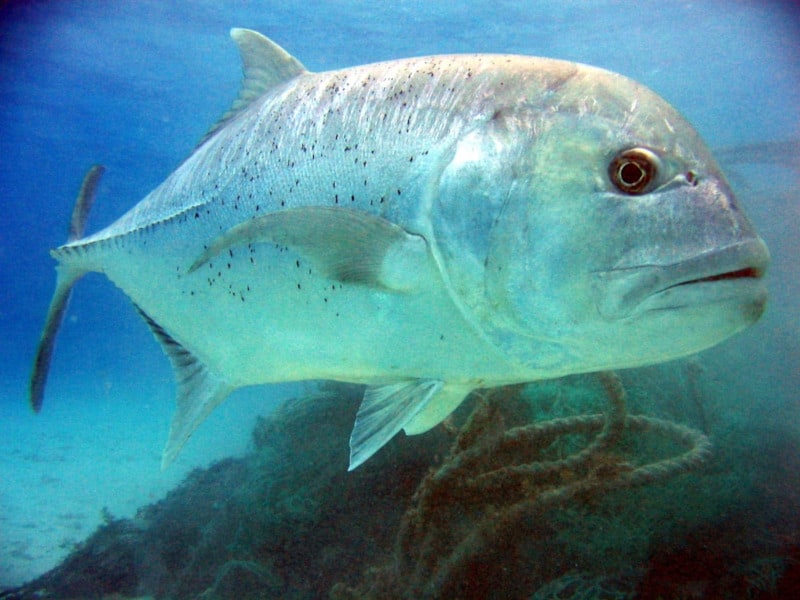
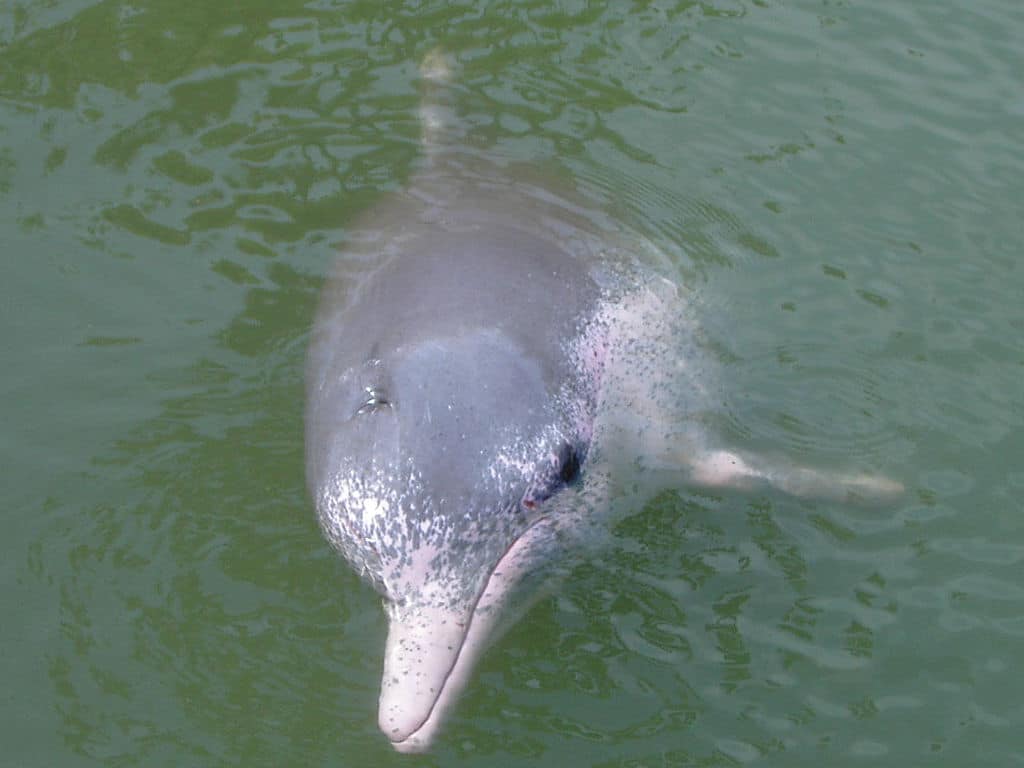
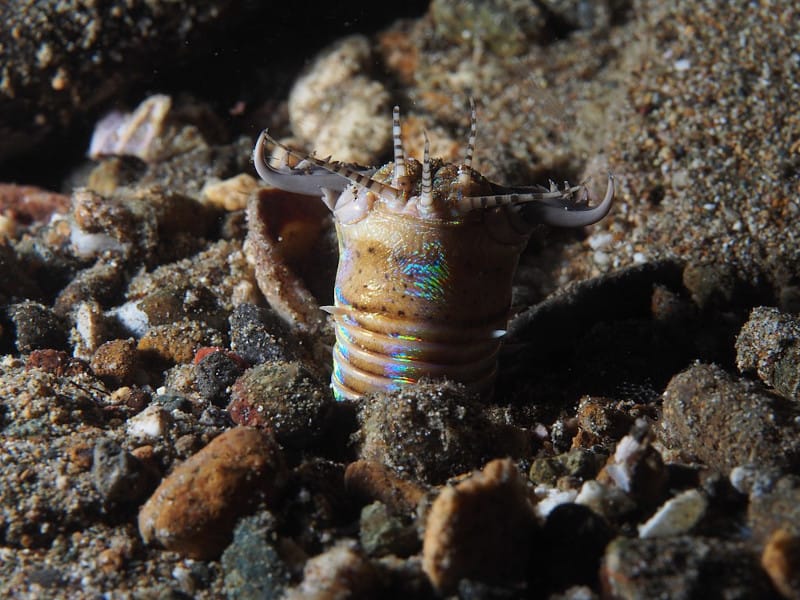
Check out our other articles on 4 Delightful Desert Plants, Japanese Dwarf Flying Squirrel, Komodo Island, Jumping Cholla, Achemon Sphinx Moth, Fire Salamander, Little Auk, Rainbow Snake









Leave a Reply